 How To Care For A 4 Week Old Kitten > Live Long and Pawspurr
How To Care For A 4 Week Old Kitten > Live Long and PawspurrIncrease the ability to save lives from shelters and animal communities through education, promotion of shelters and the development of new knowledge Guide to the increase of smaller kittens Chapter 2: Caring for Kittens from Birth to Eight Weeks5 Requirements for the care of kittens:Body WarmthSince kittens younger than four weeks of age do not have the capacity to maintain body heat, we must keep therregular heat. A method is to place a hot Snuggle Safe disc in the opening of the cage or box. This disc provides the necessary warmth for 8 hours. Instructions for how long to heat the Snuggle safe disk depending on the microwave power are printed on each disk. If you are not sure what the microwave is, heat the disk for 5 minutes, and then check the temperature with your hands. Make sure it doesn't feel too hot before placing it in the cage or box. Cover the heating disc with a soft folded towel or blanket so that the kitten cannot contact the disc directly. If there is no heating disc available, place a heating pad in the setting below the box or at the bottom of the cage, place a soft folding towel or blanket between the kitten and the heating pad. Check the heat source frequently to make sure it is not too hot or too cold. Make sure that some area of the cage does not contain a disk or have a heating pad underneath it so that kittens can get away from the heat source if it is too hot. Kittens also as a nice nest in your cage or box so hook them into a pretty polar that can crawl out and out. We cannot overstate the need for a heat source in orphan kittens. The queen would have provided a good environment from 100 to 103oF (38 – 39oC) for them. Continue to provide a heat source for orphan kittens up to four or six weeks of age. Although kittens over four weeks of age can start avoiding the heated bed, if the room is fresh, even older kittens will look for a warm place. For this reason, as well as for socialization, consider appropriately pairing new individual kittens of the same age so that they can share body heat and be less likely to experience hypothermia. Providing a good setting for kittens means providing a warm and non-high room. A good practice is to make sure that a towel covers the entire bottom of the cage and a bed made of a small bunk or food cardboard is available so that kittens do not sleep in their trash boxes. A towel that covers the cage's box or front prevents the drafts and keeps kittens under 4 weeks of pleasant and warm age. Ideally, kitten rooms should be kept around 85oF or 29o C but we recognize that it is not always practical. A kitten over 6 weeks old only needs the availability of a warm and welcoming place. Kitten FeedThe daily weight increase is an indication that the diet is meeting the nutritional needs of kittens. It weighs kittens at the same time daily, not only to ensure proper weight gain, but also to calculate the amount they should eat with each diet. Kittens should earn approximately 1⁄2 ounce (14 grams) per day or 4 ounces (113 grams) per week. Note that the younger are kittens, the more used they are to stay trapped in your mother's nipple all the time and breastfeed small amounts periodically. The frequency is essential for digestion and allows the digestive system of the kitten to handle small quantities at any time. In addition, the nursing act stimulates digestion. If you notice that a kitten does not eat enough in a diet, it increases the frequency of meals or returns to that kitten after others finish eating to give you another chance to take more food. Guidelines for feeding bottles: for a video of the Maddie Institute of Orphan kitten Care and Bottle Feeding Test the temperature of the formula before feeding, it should be hot (about 100oF or 38oC), but not hot. Heat the bottle by placing it in hot water for a few minutes or putting it in the microwave until it reaches the correct temperature. If you use the microwave make sure you mix the formula well before trying because hot points can develop in the heating process. Always place a kitten correctly to feed. Never recline a kitten on the back while feeding. This can cause you to suck, which means that the kitten inhales the formula in your respiratory tract instead of swallowing. The aspiration can lead to a reactive pneumonia and be fatal. Kittens should be inclined forward or flat in their belly while feeding. They are more comfortable when they are placed as if they were to breastfeed their mother. To achieve this position, place the kitten on your stomach in a towel or cloth so that the kitten can cling to the material and nuke instinctively. If the kitten is acting frantically while breastfeeding, try wrapping the kitten in a towel while feeding it. When the bottles are fed, gently open the mouth of the kitten with the tip of the finger and slide into the nipple. Once the kitten learns what comes, he will look for the nipple with enthusiasm. You will feel a vacuum effect when the kitten enters suckle mode. Watch the bubbles in the bottle during the stink and the pinch of the ears. These movements mean the kitten is sucking successfully. To prevent the air from entering your stomach, keep the bottle at an angle of 45 degrees, keeping a slight dye in the bottle. Allow kittens to succumb at their own pace. If a kitten refuses to take the nipple or will not suck, try to rub it vigorously on the forehead or strangle his back as much as his mother would. Using a toothbrush to caress the kitten can simulate the feeling that it would get from the queen's tongue. If you still can't get it for the bottle nurse, the syringe feeds the kitten to make sure you get proper nutrition. If a kitten requires syringe feeding, it has a plan for whom adoptive parents should contact. If multiple kittens are fed, it will be easier to get everyone to feed the necessary amount if it feeds each time during the session. To achieve this, feed the first kitten until the infirmary stops, then feed the second, and so on. After everyone has had a spin in the bottle, return to the first and repeat the process. Normally after two or three nursing shifts, a kitten has had enough for a feeding. When a kitten has had enough formula, you will usually get some bubbles around your mouth and your abdomen will be very rounded, almost in the shape of a pear. Kittens that seem too weak for the nurse may be hypothermic or have an underlying medical problem. A kitten that refuses to nurse beyond the first few times of "getting the hang" can indicate disease and needs to be examined by a veterinarian. Have a plan for those adoptive parents to contact. After each feeding session, give each kitten a full body once again with a washbasin barely wet and hot. Use short strokes like your mother used. This activity keeps the skin of the kitten clean, teaches you how to dry and gives you the necessary socialization. Make sure the kitten is completely dry before you put it in your cage. Kittens naturally suck each other and fingers, even after eating. Kittens that are sucking too much can be a sign that the feeding frequency needs to increase. If the literary infant becomes problematic, especially around the genital area, separates the kittens. Check the genitals of each kitten to ensure that the activity of sucking is not causing problems (red, irritation, hanging penis, etc.). Suffering in the genitals can lead to inflammation of the closed urethra and have to be surgically reopened. If any of this happens, you have a plan for whom adoptive parents should contact. Meaning A kitten is ready for the weaning process when itching the nipple often and forcefully, and is able to lick the finger formula. Continue feeding bottles through the weaning process to ensure that kittens get proper nutrition and are not too stressed. The first step of the weaning process is to get the kitten to give you the formula of your finger and then a spoon. Once you master this skill, put formula on a flat plate. Introducing the kitten to solid foods by mixing hot foods canned kitten and preparing kitten formula in a thin gruel. gradually reduce the amount of formula mixed with canned foods until the kitten is eating only the food. Place the food in a shallow dish. Some kittens start to lick immediately; others prefer to lick the food from their fingers. Allow them to do so and slowly lower your finger to the plate. Kittens can bite the edge of the dish or walk in the food. Sometimes two or more meals are needed before they are taken. If a kitten does not seem interested in the crane, try to gently open the pussy's mouth and rub some of the food in your tongue or teeth. Be patient, the weaning process takes time. As long as the kittens get on, they stink up. When kittens are eating thicker cranes, they should always have fresh water available in a low shear resistant bowl. Kittens often walk through their food. Make sure the kittens are clean and DRY before you put them in their cages. The majority of weaned kittens are disorderly eaters so you can't leave food or water in their cages at first. Wet kittens can quickly lose body temperature. for a video of the Maddie Institute on orphan kittens weaned in solid foods. Stimulation for urine and defecation Mother cats are piled up their kittens to stimulate urination and defecation on a regular basis. If you are acting as your adoptive parent, you have this important duty. Very young orphan kittens will not be able to urinate and defecate without their help, so this is a crucial part of neonatal care. Before and after each feeding, gently rub the kitten in your lower abdomen, as well as the genitals and the rectum with a cotton/pad ball bathed in warm water or a fragrance-free towel. Be sure to rub just enough to get the kitten to remove because overstimulation will irritate the area. Keep an eye out to hunt and stir dirt and don't let the kitten cool. Kittens should (and almost always will) urinate during each stimulation. They should defecate at least once a day. The general guidelines are: When kittens become 3 to 4 weeks, they no longer need help to eliminate body waste. Place a trash box in the box or cage and fill with ungrouped bunk or crushed newspaper. The broken litre can create lumps in the stomach and breathing passages and should not be used with young kittens. At the same time that a trash box is introduced, you may need to start providing some dry foods so that kittens can chew the food and not the litter. By teaching a kitten to use a trash box, placing their stools in the box so they can smell it there often helps. If you have a kitten that defecates in your towel instead of in the box, move the feces to the box instead of completely cleaning the cage. for a video of the Maddie Institute on how to stimulate a kitten to urinate and defecate. Weight kitten and development rowsThe kittens should win about 1⁄2 ounce (14 grams) every day or 4 ounces (113 grams) per week. Pess them at the same time every day with a kitchen or small postal scale. The lack of weight gain in a 24-hour period is a matter of concern. Start the syringe feeding the kitten and have a plan for who adoptive parents should contact. For the syringe to feed the kitten, mix the KMR as usual and then draw it in a syringe. Put a nipple at the end of the syringe and place the kitten in the right feeding position. Try to get the kitty infirmary slowly pushing KMR out of the syringe and through the nipple in your mouth. Make sure you swallow the formula before pushing more into your mouth. Kitten Developmental Milestones Age Weight Hints Birth 3-3.7 ounces 90 to 100 grams Eyes and ears are closed. Sleep 90% of the time. Minimum handling. 2-3 days The umbilical cord falls. 4 days Start purifying. 10-14 days 8 ounces 227 grams Eyes and ears must be open. Healthy kittens will be round and warm with pink skin and will rarely cry. 2-3 weeks 12 ounces 340 grams Decisive eruptcies can begin to eliminate without help. He'll start crawling, standing and playing with littermates. Start regular handling. Ready for disposing. 4 weeks 1 pound 454 grams The determined canines erupted, starting to walk but have no great balance, will begin to shrink themselves, capable of thermoregular. Continue daily handling. Ready for your first vaccine. Ready for dry kitten food and can be ready for introduction. 6 weeks 1.5 pounds 680 grams Eruption of determined premolars. Running, playing, using the trash box, he's lying down. You should eat dry food kittens, complemented by can. Ready for surgery and adoption (if you can place them at this age). 8 weeks 2 pounds 907 grams Ready for surgery and adoption (if you cannot place them at 6 to 7 weeks old). Kitten Development HedgesAgeWeightMilestonesBirth3–3.7 ounces90–100 grams Eyes and ears are closed. Sleep 90% of the time. Minimum manipulation.2 – 3 days The umbilical cord falls.4 days Start to purr.10 – 14 days8 ounces227 grams The eyes and ears must be open. Healthy kittens will be round and warm with pink skin and will seldom cry.2 – 3 weeks12 ounces340 gramsErupt acid incisives can begin to remove without help. He'll start crawling, standing and playing with littermates. Start regular handling. Ready for disposing.4 weeks1 pounds454 gramsDeciduous erupts, starting to walk but have no great balance, will begin to shrink themselves, capable of thermoregular. Continue daily handling. Ready for your first vaccine. Ready for food and may be ready for the introduction of dry foods kittens.6 weeks1.5 pounds680 gramsAcid premolar rash. Running, playing, using the trash box, he's lying down. You should eat dry food kittens, complemented by can. Ready for surgery and adoption (if you are able to place them at this age).8 weeks2 pounds907 grams Ready for surgery and adoption (if you can't place them at 6 to 7 weeks old).0 - 1 week oldFeeding: If kittens are orphans, they need to be bottled every 2 hours. If the queen is with the kittens, they must vigorously take care and compete for nipples. Newborns can take up to 45 minutes at a time. Make sure you see kittens breast-feeding at least once a day, if the queen allows. Check to make sure every kitten is set and nursing. A lot of activity and crying could indicate a problem with milk flow, quality or availability. When the queen re-enters the box, there must be some fuse for just a few minutes before everyone has settled into a serious infirmary. Environment: The temperature of the nest box should be pleasant and hot: 85-90oF. Hypothermia is the number one danger for newborn kittens. Development: A week old, kittens should weigh about 4 ounces and should be handled minimally. Kittens will sleep 90% of the time and eat the other 10%.1 - 2 Weeks of the AgeFeeding: Continue orphan bottle feeding every 2 - 3 hours until kittens are full but not swollen. Environment: The floor temperature of the nest box should be pleasant and hot: 80-85oF.Development: Kittens at 2 weeks old will weigh about 8 ounces. The ear canals open between 5 and 8 days. The eyes will open between 8 and 14 days. They gradually open, usually starting to open from the nose out. All kittens are born with blue eyes, and initially no student can distinguish themselves from the irises - the eyes will appear solid dark blue. Healthy kittens will be round and warm, with pink skin. If you softly pinch them, your skin should sprout again. When you pick up a kitten, it should move with energy, and when you put it near the mom it should crawl back to her. Healthy kittens rarely cry. To determine the sex of kittens, keep a kitten on your back in your hand. In the females, the vulva is a vertical opening on the anus; they are very close. In men, the opening of the penis is above the anus, but they are separated by an elevated scrotal sac and therefore seem very separate. It is easier to see the differences between sexes if you examine all kittens and compare differences.2 - 3 Weeks of the AgeFeeding: Continue feeding orphan bottles every 2 - 3 hours until kittens are full but not swollen. Environment: The floor temperature of the nest box should be pleasant and hot: 75-80oF.Development: If there is a queen, she will begin to spend larger periods of time outside the nest, although she does not go far from it. Kittens weigh about 10 - 12 ounces. His ears will rise. Kittens begin to crawl around the 18th day and can stay on the 21st day. Kittens will begin to play with each other, biting ears, tails and legs, even before their teeth have arrived. Kittens learn to sit down and touch objects with their legs. Kittens begin their socialization phase - they will be strongly influenced by their mother's behavior during the next six weeks. To socialize more kittens, increase the amount of handling and get used to human contact. It is important not to expose them to anything terrifying; children may seem intimidating and should be monitored closely as they visit to ensure smooth handling.3 - 4 weeks oldFeeding: Continue feeding orphan kitty bottles every 3 – 4 hours and start the weaning process. At this stage kittens can start licking a bowl. Environment: Floor temperature of the nest box should be 70 – 75o F from this point on. Development: Kittens weigh about 13 to 16 ounces. The adult eye color will begin to appear, but it may not reach the final shadow for another 9 to 12 weeks. Kittens begin to see well and their eyes begin to look and function as the eyes of adult cats. Kittens will begin to clean, although their mother will continue to do most of the serious cleaning.4 - 5 weeks oldFeeding: They can usually drink and eat food from a shallow dish for 4 weeks. Weaning should be done gradually and feeding bottles should continue every 4 hours while they learn to eat solid foods. Introduce dry foods and water. Development: Start trash training four weeks. Use a low box with an inch of ungrouped bunk or a broken newspaper. Do not expose kittens to the variety of liters, as it is harmful if ingested. After each feeding, place the kitten in the box, take your paw, and gently screw the litre. Be patient! The kitten may not remember to do this every time, or you can forget where to find the trash box, but you will learn quickly. Make sure you give the kittens a lot of praise when they start using their boxes. Most will use it from the beginning, but like other babies, it could make an occasional mistake. It is a good idea to confide the kittens into a relatively small space, because the larger the area where kittens have to play, the more likely it will be to forget where the trash box is. Keep the trash box clean and away from your food.5 - 6 weeks oldFeeding: Feed the gruel 4 times a day and thicken the gruel gradually. Dry foods and water must be available at all times. If you are fomenting a litre with your mother, continue to wean. Some kittens don't like canned food. For reluctant eaters, try to mix any human meat-flavored food with some water. The taste of meat is often more attractive for spicy eaters. Make sure the brand you get does not contain onion powder as this ingredient can be dangerous for kittens. Development: About five weeks, kittens can start walking around the room under supervision. They will weigh 1 pound and the male kittens will be visible. The strongest and most curious kitten will discover how to get out of the nest. The others will follow quickly. Play with your kittens daily! It is a good idea to wear long sleeves and pants, as they can play roughly and their claws are sharp. If you sit on the floor, they'll play "Water King", using your knees and shoulders as views. This game is a lot of fun and good exercise for them. Some kittens can be fearful at first; they do not force themselves on them. You can accustom them to your presence sitting in the middle of the room by making phone calls; so they listen to your voice but do not feel threatened. Make them an important part of your domestic activities; apply them to the sounds of the TV, vacuum cleaner and other domestic sounds.6 - 7 Weeks of the AgeFeeding: Kittens should be eating well in canned and dry. Feed kittens at least three meals a day. If a kitten appears food-positive, use a second dish and leave plenty of food for everyone to be eating. Note that a kitten at this age has a stomach about the size of a acorn, so, although they can't eat much in a single sitting, they like to eat at frequent intervals all day. Development: For this moment, you have "mini-cats". They'll wash, use skyscrapers, play games with each other, their toys, and you, and many will come when you call them. Be sure to reintroduce them to your trash box after meals, during play sessions, and after naps. These are the usual times kittens need to use the trash box. Adoption: It is safe for healthy and robust 6-week kittens to be spaced and available for adoption if you are able to place them at that age in your community. Check your state or local animal ordinances to find out if this is possible for your installation.7 - 8 weeks oldFeeding: Offer wet food 2-3 times a day (every kitten will eat a little more than a food can a day). Put down a dry kibble bowl and water so they can eat and drink at will. If you have a bed with a mom's cat, she should only allow short nursing sessions if there are. Development: At the end of the eighth week, kittens should weigh 2 pounds each and now are miniature cats. Adoption: It's time for surgery and spacing/neuterine adoption! Socialization and BathStarting around 3 weeks of age, kittens need exercise to promote muscle and circulatory development and learn social skills. They will start playing with their literary and learning from their mother if they are not orphans. It is good to start regular daily handling of kittens to get used to contacting people. Playing is the best method to help them physically and socially develop. If the kittens are orphaned and don't have a mother who cheats regularly, then it's important to teach the boyfriend and keep them clean. After each feeding session, give the kittens a full body once again with a barely wet washbasin. Using short blows like a queen would use. Kittens often get dirty between the cleanings and it's okay to wash a kitten with hot water under a wash basin faucet, but focus only on areas that need to clean. A simple "bath of the pet" will usually do the trick. After bathing, wrap the kitten in towels/blankets and a low heating pad. Your body heat is not enough to heat a cold kitten. Make sure you don't leave a kitten until it's completely dry. Socialization Steps to Bathe an Underage Kitten for a video of the Maddie Institute about the orphan kitten bath. Consumer Investment Programs Queen CareAbout this guideBook shelter medicine program Department of Medical Sciences University of Wisconsin Madison School of Veterinary Medicine 2015 Linden Drive Madison, Wisconsin 53706 Housing Medicine Program Email: Facebook:
Accessibility links Search results Best food for kittens 2021 - Kitty CatterKitten Food Recommendations - Vetinfo.com Can the new kitten have adult food? (cotons, weight, canned food...

What to Do (and NOT Do) If You Find a Newborn Kitten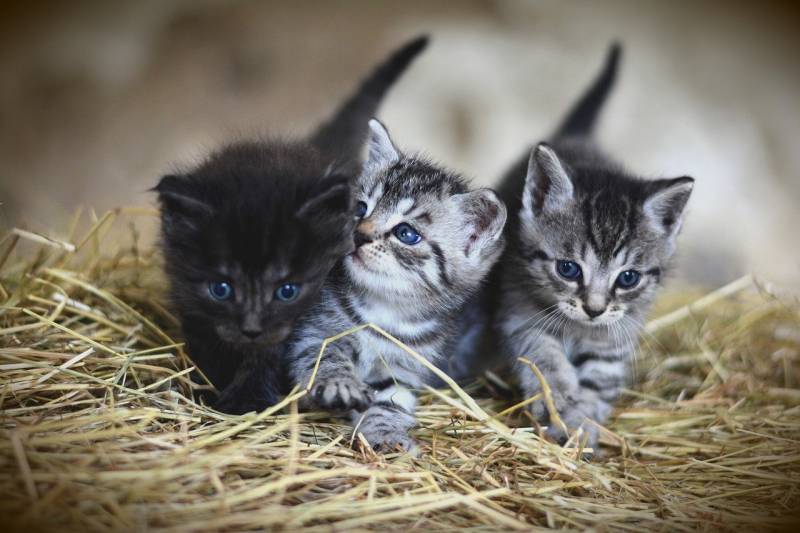
How Long Can Newborn Kittens Survive Without Their Mother? | All About Pets/three-kittens-suckling-from-their-mother-121755260-5c59c73fc9e77c0001a41ba6.jpg)
How Long Should a Kitten Stay With Its Mother?
Kitten Feeding Week by Week | Best Friends Animal Society
What to Do (and NOT Do) If You Find a Newborn Kitten
How To Care For A 4 Week Old Kitten > Live Long and Pawspurr
What to Do (and NOT Do) If You Find a Newborn Kitten
Caring for Abandoned Kittens - The Cat's Meow Rescue:max_bytes(150000):strip_icc()/germany-newborn-kittens-sleeping-on-blanket-close-up-140882478-57d961f43df78c583396727b.jpg)
How Long Should a Kitten Stay With Its Mother?
How To Care For A 4 Week Old Kitten > Live Long and Pawspurr
How Long Can Newborn Kittens Survive Without Food - newborn kittens
How long can kittens survive without their mother's milk? - Quora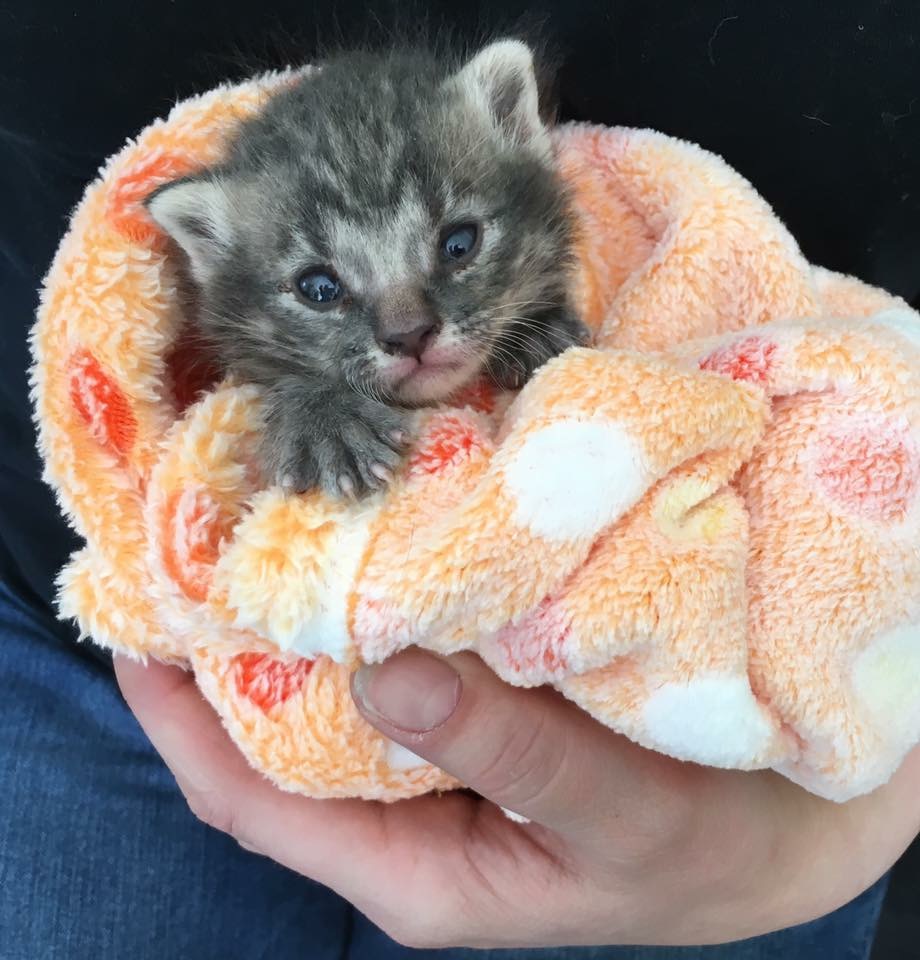
10 Crucial Steps to take to Save an Abandoned Newborn Kitten:max_bytes(150000):strip_icc()/when-can-kittens-leave-mothers-555163-FINAL1-5c59c70f46e0fb00013a36b2.png)
How Long Should a Kitten Stay With Its Mother?
How to Care for Orphaned Kittens Less Than Three Weeks of Age/GettyImages-1070428270-3e9f069bbd7f45358b5fb8a2fa03873f.jpg)
5 Ways to Know if Your Kitten Was Taken Away From Its Mother Too Soon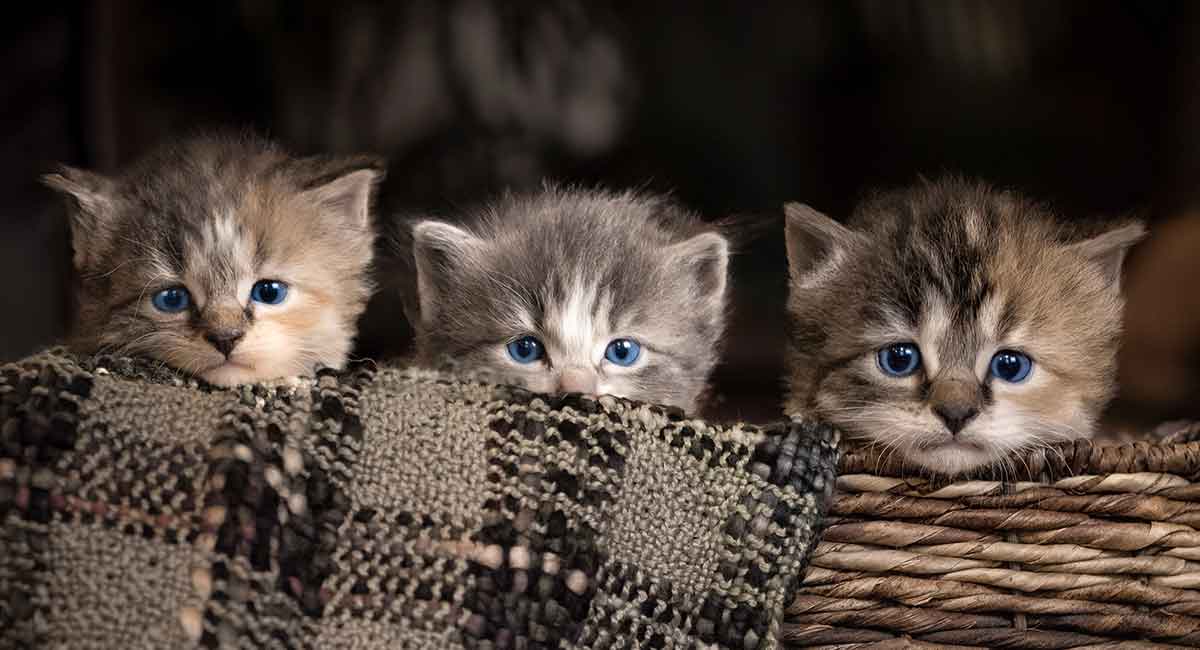
How Long Can Newborn Kittens Survive Without Food - newborn kittens
How to Care for Orphaned Kittens Less Than Three Weeks of Age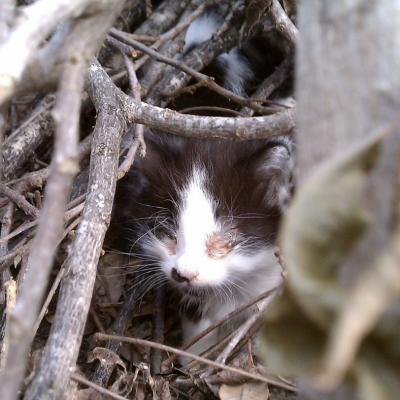
7 Things to Do If You Find an Orphaned Kitten - Catster
The Simple Guide To Caring About Three Week Old Kittens > Live Long and Pawspurr:max_bytes(150000):strip_icc()/Stocksy_txp2472aec62up100_Medium_977089-5a7c7e8d875db90037193723.jpg)
How Long Should a Kitten Stay With Its Mother?
How Long Can Newborn Kittens Survive Without Food - newborn kittens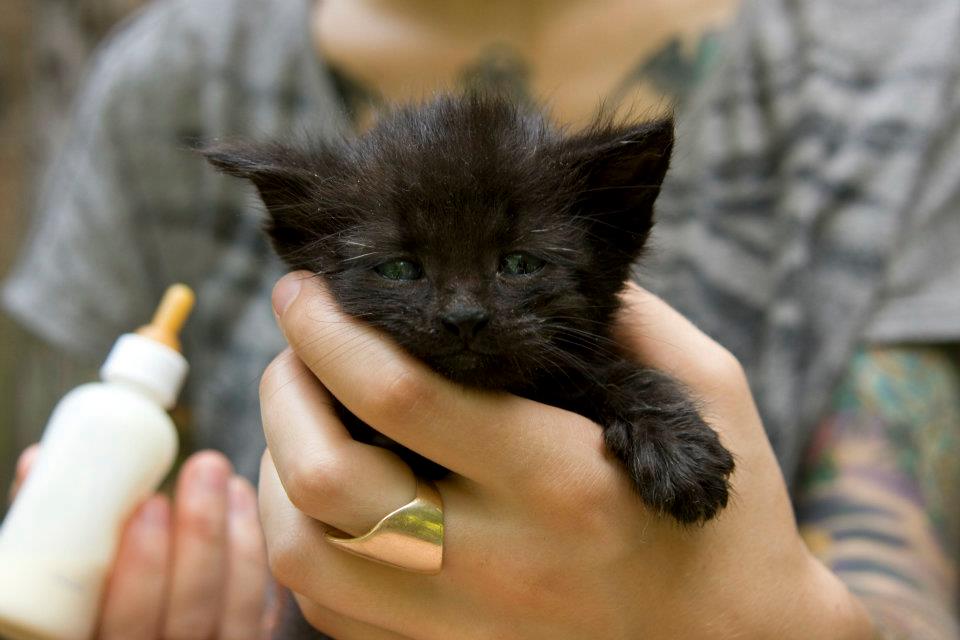
10 Crucial Steps to take to Save an Abandoned Newborn Kitten
What Age Can A Kitten Leave Its Mother? | Cat-World
Can a 2 week old kitten survive without milk? - Quora
What to do (and NOT do) if you find an abandoned kitten or litter | Care 4 Cats Ibiza:max_bytes(150000):strip_icc()/eating-cat-985012686-5c413eec4cedfd00019396ff.jpg)
How Long Should a Kitten Stay With Its Mother?
How to Care for Orphaned Kittens Less Than Three Weeks of Age
How Long Can Newborn Kittens Survive Without Food - newborn kittens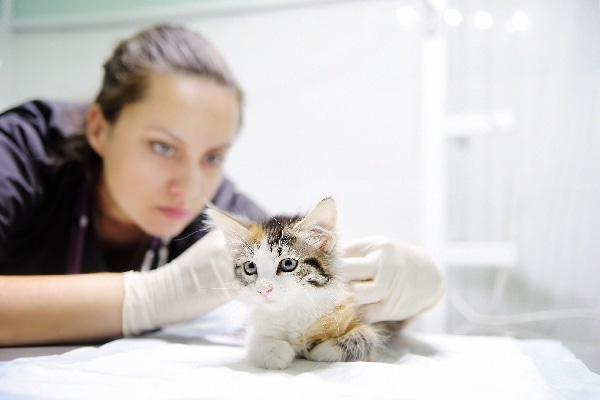
What Is Fading Kitten Syndrome and Why Do So Many Foster Kittens Die From It? - Catster
How To Care For A 4 Week Old Kitten > Live Long and Pawspurr
How to Care for Orphaned Kittens Less Than Three Weeks of Age
How Long Can Newborn Kittens Survive Without Food - newborn kittens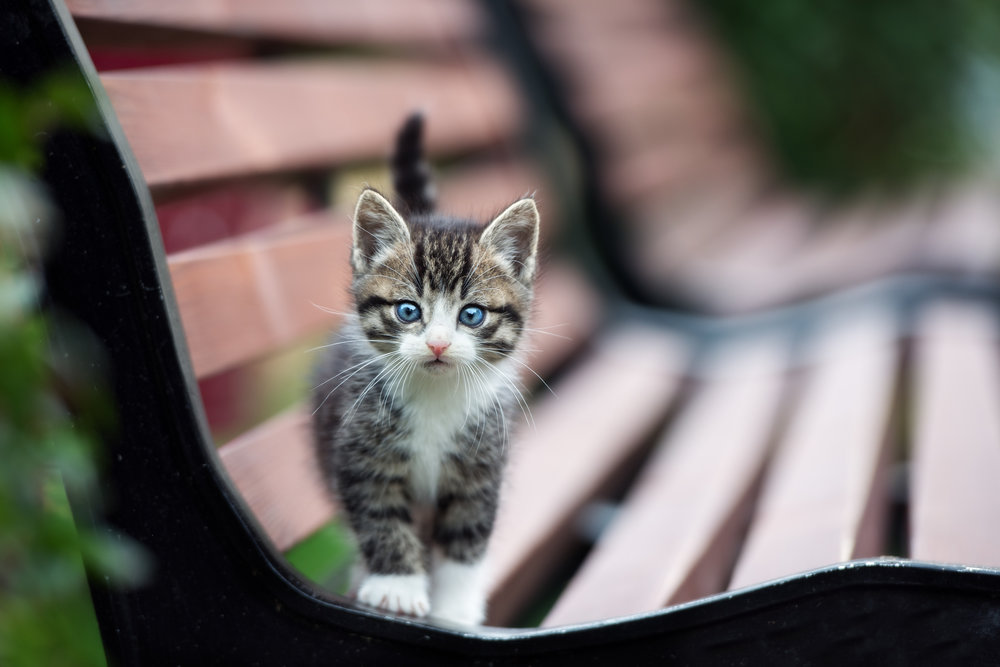
I Found Kittens What Do I do? — Fresno Humane Animal Services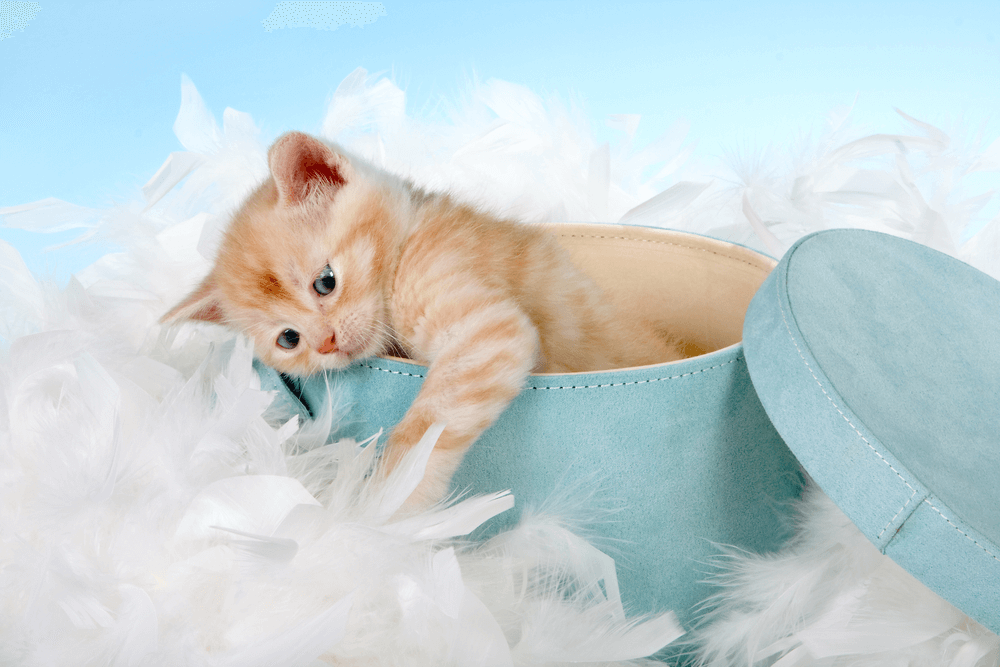
How to Take Care of a 6 Week Old Kitten:max_bytes(150000):strip_icc()/kitten-56a09ff83df78cafdaa36304.jpg)
How Long Should a Kitten Stay With Its Mother?
How Long Can Newborn Kittens Survive Without Their Mother? | All About Pets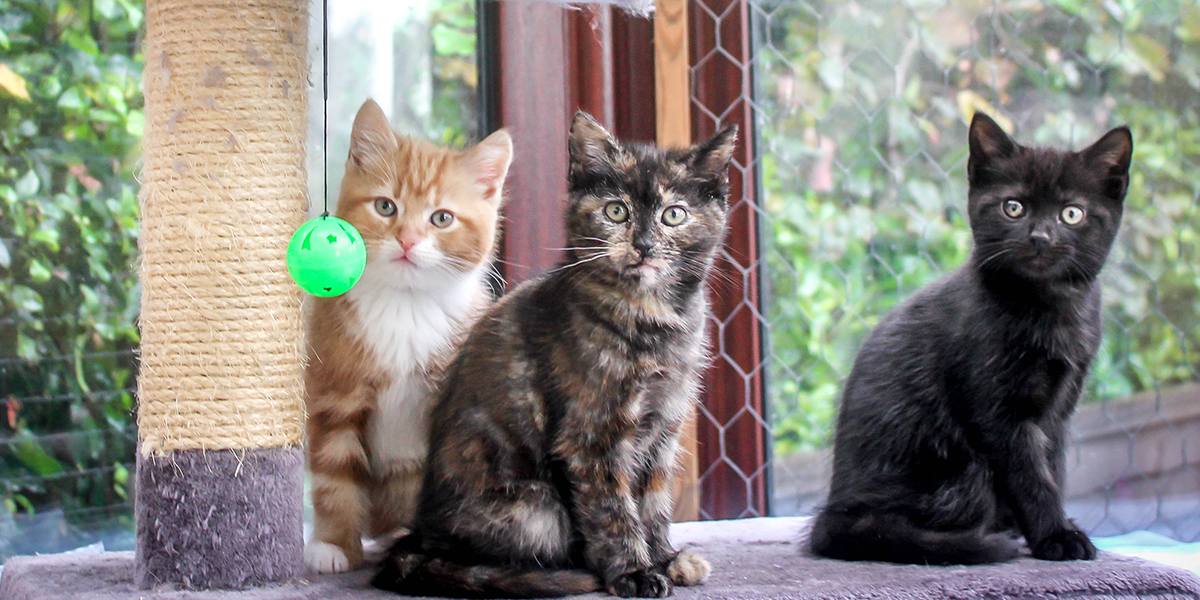
Choosing a Kitten | International Cat Care
How to Care for Orphaned Kittens Less Than Three Weeks of Age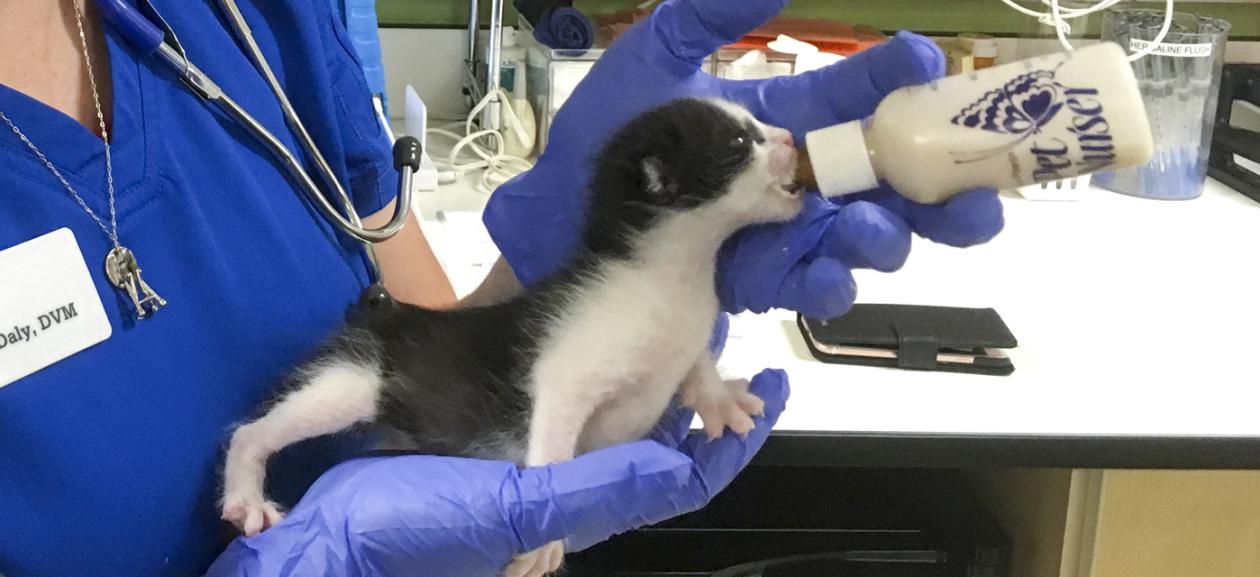
Caring for Newborn Kittens Without a Mother | DoveLewis
 How To Care For A 4 Week Old Kitten > Live Long and Pawspurr
How To Care For A 4 Week Old Kitten > Live Long and Pawspurr
/three-kittens-suckling-from-their-mother-121755260-5c59c73fc9e77c0001a41ba6.jpg)


:max_bytes(150000):strip_icc()/germany-newborn-kittens-sleeping-on-blanket-close-up-140882478-57d961f43df78c583396727b.jpg)



:max_bytes(150000):strip_icc()/when-can-kittens-leave-mothers-555163-FINAL1-5c59c70f46e0fb00013a36b2.png)

/GettyImages-1070428270-3e9f069bbd7f45358b5fb8a2fa03873f.jpg)




:max_bytes(150000):strip_icc()/Stocksy_txp2472aec62up100_Medium_977089-5a7c7e8d875db90037193723.jpg)





:max_bytes(150000):strip_icc()/eating-cat-985012686-5c413eec4cedfd00019396ff.jpg)








:max_bytes(150000):strip_icc()/kitten-56a09ff83df78cafdaa36304.jpg)




Posting Komentar untuk "can a 4 week old kitten survive without its mother"